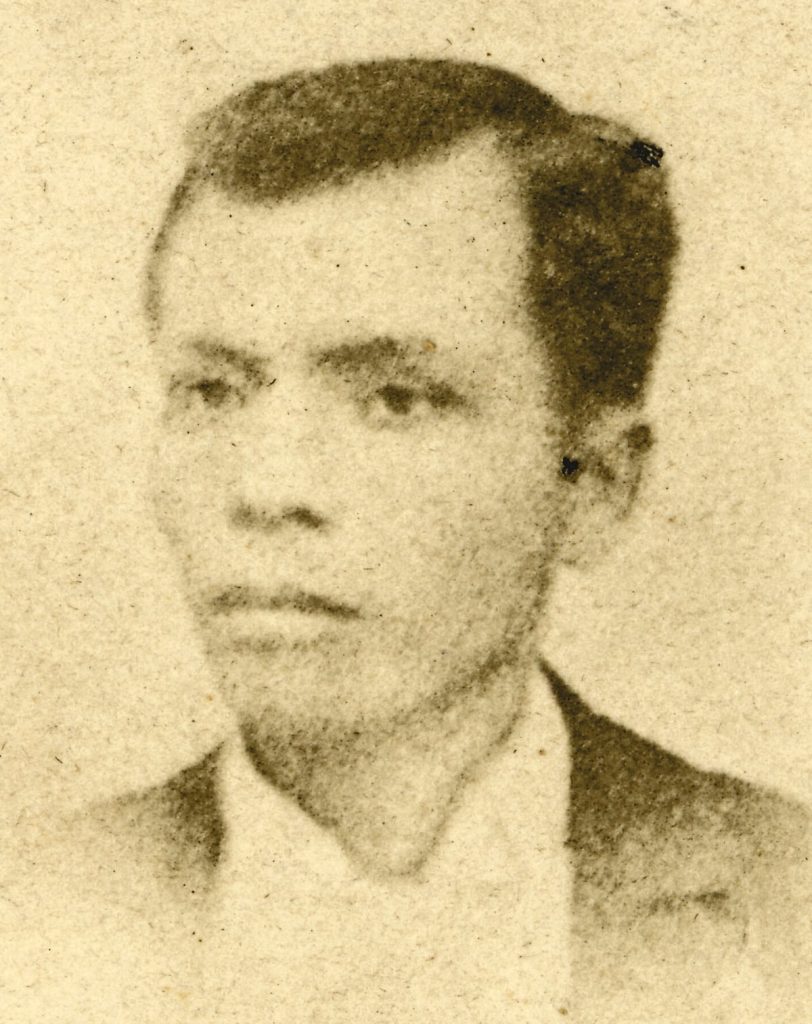
Here’s a thought: every hero starts as someone ordinary. They don’t wake up with capes or crowns. They’re not born with an anthem already written for them. Instead, they make a choice—a decision to stand up when others sit back. That’s what Andres Bonifacio, the Father of the Philippine Revolution, did.
And every November 30, the Philippines pauses to remember him.
But here’s the thing: remembering isn’t enough. Remembering is passive. The real question is: are we learning? Are we inspired? And, perhaps most importantly, are we acting?
The Life of Andres Bonifacio: More Than a Name
Andres Bonifacio wasn’t born into privilege. No silver spoon, no sprawling haciendas. What he had was grit. He grew up in Tondo, Manila—a place known then for its poverty and struggles. He worked as a warehouse clerk, a laborer, and later as a tradesman. His beginnings were humble, but his vision? Anything but.
When Bonifacio founded the Katipunan, it wasn’t because he was the wealthiest, the smartest, or the strongest. He was none of those things. He was simply the most determined. The Katipunan wasn’t just an organization; it was an idea—a belief that ordinary people could do extraordinary things if they stood together.
And when Bonifacio and his followers tore up their cedulas (those hated Spanish tax certificates) during the Cry of Pugad Lawin, it wasn’t just a dramatic gesture. It was a statement: “We are done being subjects. We are reclaiming our freedom.”
Yet, Bonifacio’s story doesn’t end like a fairy tale. Betrayed by his fellow revolutionaries, he was executed in 1897. He never saw the Philippines liberated. Messy? Yes. Painful? Absolutely. But that’s how change works. It’s never neat.
Why Bonifacio Day Still Matters
Fast forward to today, and you might ask, “Why do we still celebrate Bonifacio Day?” Isn’t this just another history lesson—a story of a man long gone, a revolution long over?
Not quite.
Bonifacio Day isn’t just about looking back. It’s about looking forward. It’s a reminder that change doesn’t come from waiting for the perfect time or the perfect leader. It comes from showing up. It comes from action.
In a way, Bonifacio represents something universal: the courage to start. He didn’t have all the resources or the answers, but he began anyway. And isn’t that how every great movement, every great innovation, every great story begins?
2024: Rekindling the Fire
This year, Bonifacio Day isn’t just a date on the calendar. It’s an invitation—a chance to step into his shoes, not just to honor his legacy but to feel it, live it, and pass it on.
Here’s what’s happening this year to help Filipinos—and maybe even the world—see Bonifacio in a new light:
- Walking Tours Through History
In Manila, guided tours will take visitors through Tondo and Intramuros, Bonifacio’s stomping grounds. Imagine walking the same streets where he gathered allies and planned revolutions. History isn’t just something you read; it’s something you feel. - Film Screenings and Theater Performances
Cultural centers will come alive with screenings of films like Supremo and stage plays reenacting pivotal moments of Bonifacio’s life. These aren’t just shows; they’re opportunities to experience his struggles and triumphs in a visceral way. - Museum Exhibits with Rare Artifacts
Museums like the Ayala Museum and the National Museum of Fine Arts are showcasing exhibits that include Bonifacio’s handwritten letters and Katipunan memorabilia. These artifacts remind us that revolutions don’t just happen on battlefields—they start with ideas, commitments, and actions. - Youth Engagement Through Modern Platforms
From TikToks to essay competitions, schools and organizations are challenging young Filipinos to channel Bonifacio’s courage in creative ways. What would Bonifacio say if he had a social media account? Maybe, “Don’t just scroll—act.” - Reenactments of the Cry of Pugad Lawin
Expect lively performances that bring the Katipunan’s defiance to life. This isn’t just theater; it’s an invitation to consider what you’d be willing to fight for.
The Heart of Bonifacio’s Legacy
Here’s the thing about courage: it’s rarely comfortable. It’s messy, inconvenient, and often isolating. Bonifacio’s life is proof of that. He faced ridicule, betrayal, and ultimately death. But courage isn’t about avoiding fear; it’s about acting in spite of it.
That’s the heart of his legacy.
Bonifacio teaches us that you don’t have to have all the answers. You don’t have to be the smartest or the richest or the strongest. What you need is the willingness to begin.
What Bonifacio Asks of Us Today
So, as we celebrate Bonifacio Day 2024, let’s ask ourselves: What would Bonifacio fight for today?
Would it be corruption? Injustice? Apathy? Probably all of the above. But here’s the harder question: What will you fight for?
Because change doesn’t come from waiting. It doesn’t come from speeches or promises or scrolling through endless feeds of “inspirational” quotes. It comes from doing.
As you go about your day on November 30, don’t just think of Bonifacio as a figure from the past. Think of him as a challenge to your present.
What will you tear up?
What will you stand against?
And most importantly, what will you start?
Because, in the end, the revolution wasn’t just about freeing the Philippines. It was about proving that ordinary people have extraordinary power. And that includes you.
Happy Bonifacio Day!

